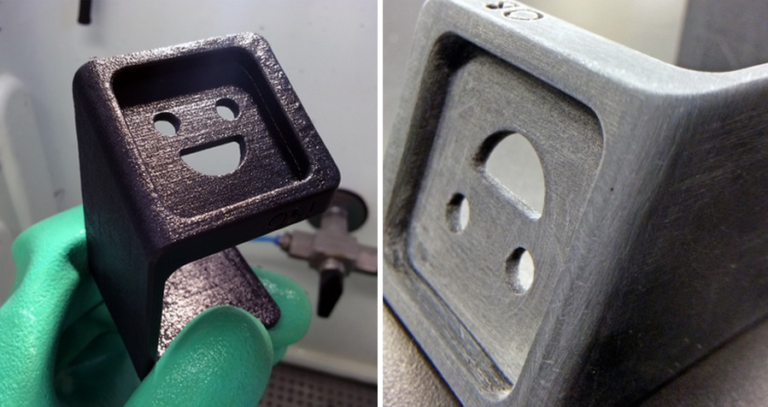3D Printing Materials
ABS
PETG
PLA
ABS

3D Printing Services
FDM machines can be categorized into two main categories: professional and hobbyist grade. At China Manufacturing parts, all parts produced in PLA are made on hobbyist grade machines to keep costs low and leverage breakaway support. All other FDM materials, specifically ABS, are produced on professional grade machines with soluble support material for greater accuracy and strength.
| Prusa i3 MK2 | Ultimaker 2 | Type A Machines Series 1 Pro | |
|---|---|---|---|
| Build Bed Size [x,y,z] | 250 x 210 x 200 mm
9.84 x 8.3 x 8 in | 342 x 357 x 388 mm 13.4 x 14.05 x 15.28 in | 305 x 305 x 305 mm
12 x 12 x 12 in |
| Materials | PLA | PLA | PLA |
| Value | $699 | $2,450 | $3,995 |
| UPrintSE Plus | Fortus 400/450mc | |
|---|---|---|
| Build Bed Size [x, y, z] | 203 x 203 x 152 mm 8 x 8 x 6 in | 355 x 254 x 254 mm
14 x 10 x 10 in |
| Materials | ABS | ABS |
| Value | $699 | $2,450 |
ABS
PETG
PLA
ABS
Max Part Size
Min Feature Size
Tolerance
Min Wall Thickness
Min Hole Diameter
Min Gaps for Mating Parts
Additional Design for Manufacturing Tips
Cost Saving Tips
Fused deposition modeling (FDM) is a 3D printing technology (also known as additive manufacturing) commonly used for modeling, prototyping, and production applications. Each layer is created by extruding material from a nozzle to produce 3D objects.
FDM processes require support material, either breakaway or soluble, so it’s important to keep this in mind when choosing this process as it can affect the final part.
Learn More
Learn More


